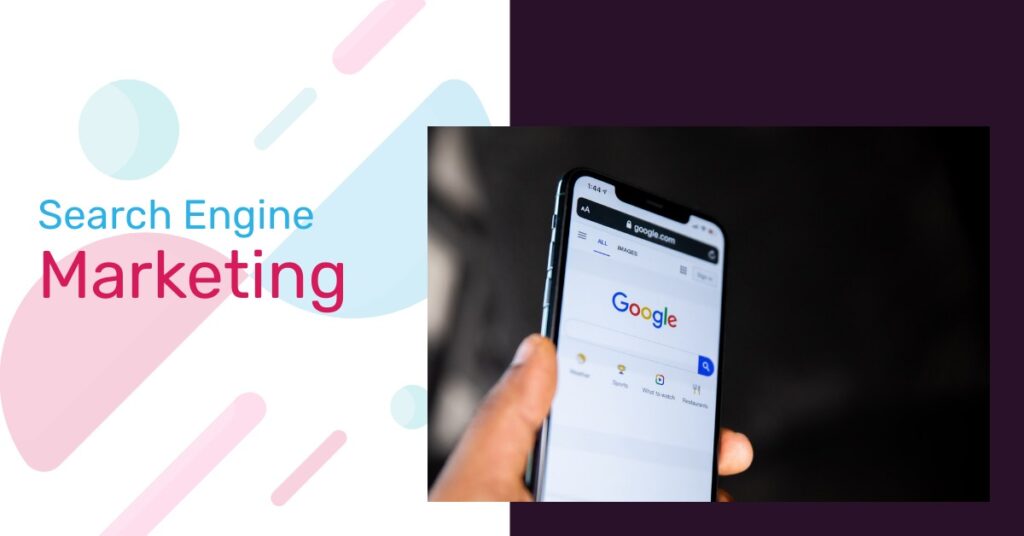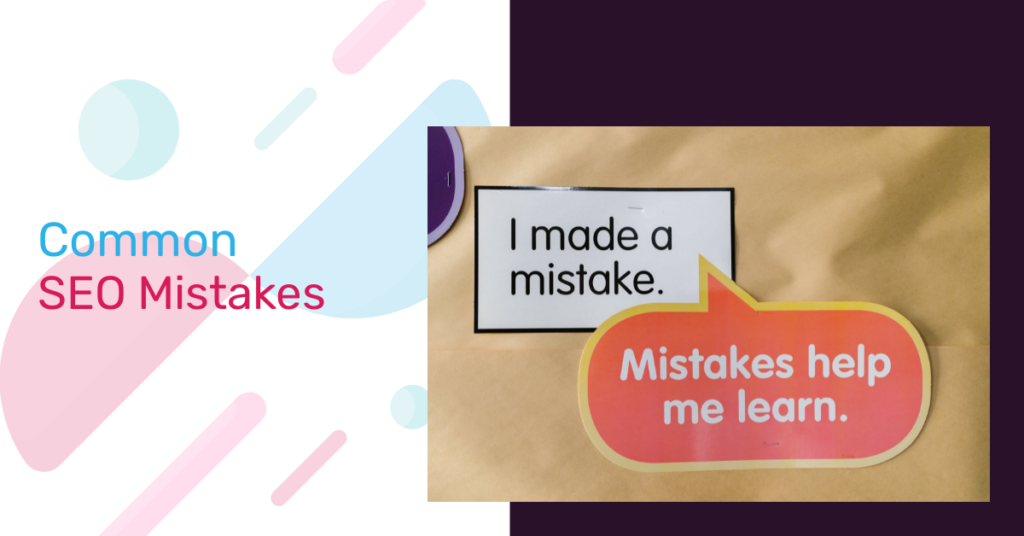Why search-driven visibility matters for modern businesses
Search-driven visibility is central to acquiring high-intent customers, lowering customer acquisition costs, and scaling predictable revenue. SEM combines long-tail keyword strategies, semantic clusters, and precise audience signals to reach buyers when they are ready to convert. Today, AI-driven automation, smarter bidding, and creative generation make campaigns more efficient and scalable.
This article shows practical tactics for 2025: long-tail keyword research, privacy-first measurement with first-party data and server-side tagging, dynamic multimedia ad creative, and optimization for voice and visual search. We cover integrating SEM across channels with unified campaigns, audience reuse, and modeled conversions. Expect up-to-date techniques applied through established ad platforms and analytics tools, so you can turn search intent into measurable growth.
Follow these tactics to outperform competitors quickly.
Targeting intent: long-tail keywords and semantic keyword clusters
Why long-tail wins
Long-tail queries—three to six+ word phrases like “best cordless circular saw for plywood cuts” or “late-night emergency plumber near downtown Austin”—tend to convert higher and cost less per click because they capture clear, narrow intent. Many advertisers see long-tail conversion rates that are 2–3x higher than head terms and CPCs that drop as competition thins. That gap is where efficient growth lives.
Build semantic clusters around intent
Map queries to four intent buckets: informational, transactional, local, navigational. For each product or service, create clusters that combine:
Example cluster for a bike shop:
Practical techniques you can apply today
Ad copy, RSA matching, and negatives
Measure and iterate
Segment reports by long-tail vs. head terms and track conversion rate, CPA, and impression share. Use automated rules or Ads scripts to raise bids on high-converting long-tail clusters and pause low-performers. Next, we’ll look at how automation and AI take these clusters from strategy to real-time bidding and creative generation.
Automation and AI: smarter bidding, creative generation, and audience signals
The modern automation stack
Smart bidding is no longer just “set it and forget it.” Use value-focused strategies—Target ROAS, Maximize Conversion Value, and LTV-informed bidding—to optimize for business outcomes, not clicks. Combine native platforms (Google Ads Performance Max, Responsive Search Ads, Microsoft Ads automated bidding) with enterprise bid managers (Skai, Kenshoo, Marin) when you need cross-channel budget orchestration or custom LTV models. Performance Max and similar campaign types use ML to find incremental demand across surfaces; treat them as demand-finding engines that complement your intent-led search campaigns.
Feed machine learning reliable signals
ML is only as good as its inputs. Prioritize high-quality, first-party signals:
Quick how-to: identify your highest-quality conversion event, extend its value with a 12–24 month LTV model, then import that as the conversion value feed so Smart Bidding optimizes toward lifetime impact.
Generative creative workflows
Generative AI accelerates ad asset scale. Practical workflow:
Example: a DTC brand generated 40 headline variants, fed the top 12 into RSAs, and paired best-performing lines into short social clips—cutting time-to-creative by 70%.
Guardrails: experiments and manual fallbacks
Avoid over-automation with structured controls:
These steps let ML drive scale while you retain control, measurement integrity, and brand consistency.
Privacy-first measurement: first-party data, server-side tagging, and modeled conversions
Privacy regulations and browser changes have forced a rethink: deterministic cross-site tracking is shrinking, so businesses must capture first-party signals and route them through server-side infrastructure to preserve attribution accuracy.
Build the first-party pipeline
Start by collecting consented, first-party identifiers (hashed emails, logged-in user IDs, offline purchase records). Practical steps:
Example: a mid-size retailer moved click-to-purchase events through a GTM server container and increased email-match rates for Ads enhanced conversions by 20%.
Tie CRM and offline conversions to ads
Link your CRM to ad platforms to close the loop between ad touch and revenue:
Modeled conversions and probabilistic techniques
Where deterministic data is missing, use conversion modeling:
Validate with experiments and holdouts
Modeling helps, but the gold standard is incrementality:
Adapting to privacy-first measurement is a technical lift but creates a durable data foundation—next, we’ll explore how those richer signals enable personalization at scale across dynamic and multimedia ad formats.
Ad formats and creative: personalization at scale with dynamic and multimedia ads
Dynamic creative & responsive ads: hyper-relevance across the funnel
Responsive Search Ads, dynamic remarketing, and automatically generated assets let you serve message variants tailored to session intent. Use responsive headlines that map to long-tail queries (e.g., “waterproof hiking boots for wet trails”) and pair them with product-level dynamic feeds so copy reflects inventory, price, and local availability in real time. Example: a mid-size DTC outdoor brand switched key landing page headlines to responsive assets and saw faster ad relevance gains within 2–3 weeks.
Optimizing feeds and templates for Shopping & dynamic campaigns
Clean, attribute-rich feeds are the backbone of dynamic remarketing and Performance Max:
Modular creative libraries for scalable personalization
Build components—headline blocks, benefit bullets, price overlays, CTAs, and lifestyle images—that can be recombined by platforms:
Video, images, and richer SERP/discovery presence
Short-form vertical video (6–15s), product GIFs, and high-contrast thumbnails increase discovery across YouTube Shorts, Google Discover, and Microsoft Audience Ads. Export 1:1, 9:16, and 16:9 cuts from the same master file to avoid re-editing. Use motion overlays to highlight price drops — Performance Max rewards this variability.
Practical creative testing techniques
Leverage asset combination testing and on-platform reports:
Make automation-friendly assets (short copy, clean product shots, and closed-captioned video) while enforcing brand rules via templates and metadata so scale doesn’t erode identity.
Optimizing for new interactions: voice, visual search, and SERP features
Voice-first queries: conversational, long-tail answers
Voice search means people ask full questions: “what’s the best compact mirrorless camera for travel under $700?” or “closest open coffee shop with outdoor seating now.” Optimize for these conversational long-tail keywords by producing concise, authoritative answers near the top of pages (40–60 words), and using FAQ/HowTo schema so digital assistants can surface your snippet.
Practical steps:
Visual search: image feeds, product shots, and discovery UX
Visual search (Google Lens, Apple Visual Look Up on iPhone, Samsung S24 visual search) drives product discovery. For retail and product-heavy sites, optimize images and feeds so your inventory is findable by visual queries.
Image feed checklist:
Example: a furniture DTC brand improved Discover and Lens traffic by refreshing primary images to show scale and texture, then tagging those images in Merchant Center.
Capturing zero-click real estate: snippets, panels, and local packs
Zero-click means visibility without a click—featured snippets, knowledge panels, and local packs. Use structured data (Product, LocalBusiness, Review, AggregateRating) to feed SERP features and add action-oriented extensions so users can act without landing-page clicks: call, reserve, or see local inventory.
Quick tactics:
Measuring impact and reclaiming actions when clicks fall
When clicks drop but impressions and brand signals rise, shift KPIs: track impressions on SERP features, assisted conversions, store visits, calls, and branded query growth. Use Search Console to monitor feature impressions and Google Ads reports for extension interactions.
Reclaim visibility with action-oriented tactics:
Integrating SEM across channels: unified campaigns, audience reuse, and measurement
Why SEM can’t be a silo
Search intent is the prompt; other channels amplify and act on it. Treat SEM as the spine of a multi-channel funnel—organic SEO, social, email, onsite personalization and offline channels should read from the same playbook so prospects see consistent messaging and experience across touchpoints.
Reuse intent audiences for prospecting and personalization
Turn high-intent searchers into multi-channel audiences:
Example: a retail brand reused “product-detail” search audiences to seed Meta prospecting and cut acquisition cost by double digits while increasing lifetime value by showing the same SKU imagery across ads and site.
Measurement & identity: clean rooms and first-party joins
Cross-channel attribution needs privacy-safe identity:
Test incrementally and tie offline outcomes back
Practical testing and offline linkage:
These integrated tactics create a single customer view that makes SEM decisions smarter, more incremental, and more defensible—setting up the final steps in your resilient SEM strategy.
Start building a resilient SEM strategy
Search engine marketing remains the most direct path to high-intent customers when you combine long-tail keyword strategies, semantic keyword clusters, automation with strong audience signals, and privacy-aware measurement. Use long-tail keywords for niche intent, experiment with AI-powered bidding and creative generation, and apply server-side tagging and modeled conversions to protect user privacy while preserving attribution. Keep feeds and dynamic creatives ready to enable personalization at scale across search, shopping, and multimedia placements.
Immediate steps: audit keyword intent and first-party data flows, run controlled A/B tests of automated campaigns, and prioritize feed and creative readiness for dynamic personalization. Start small, measure rigorously, and scale winners—your next customer is searching now. Start your audit today.


